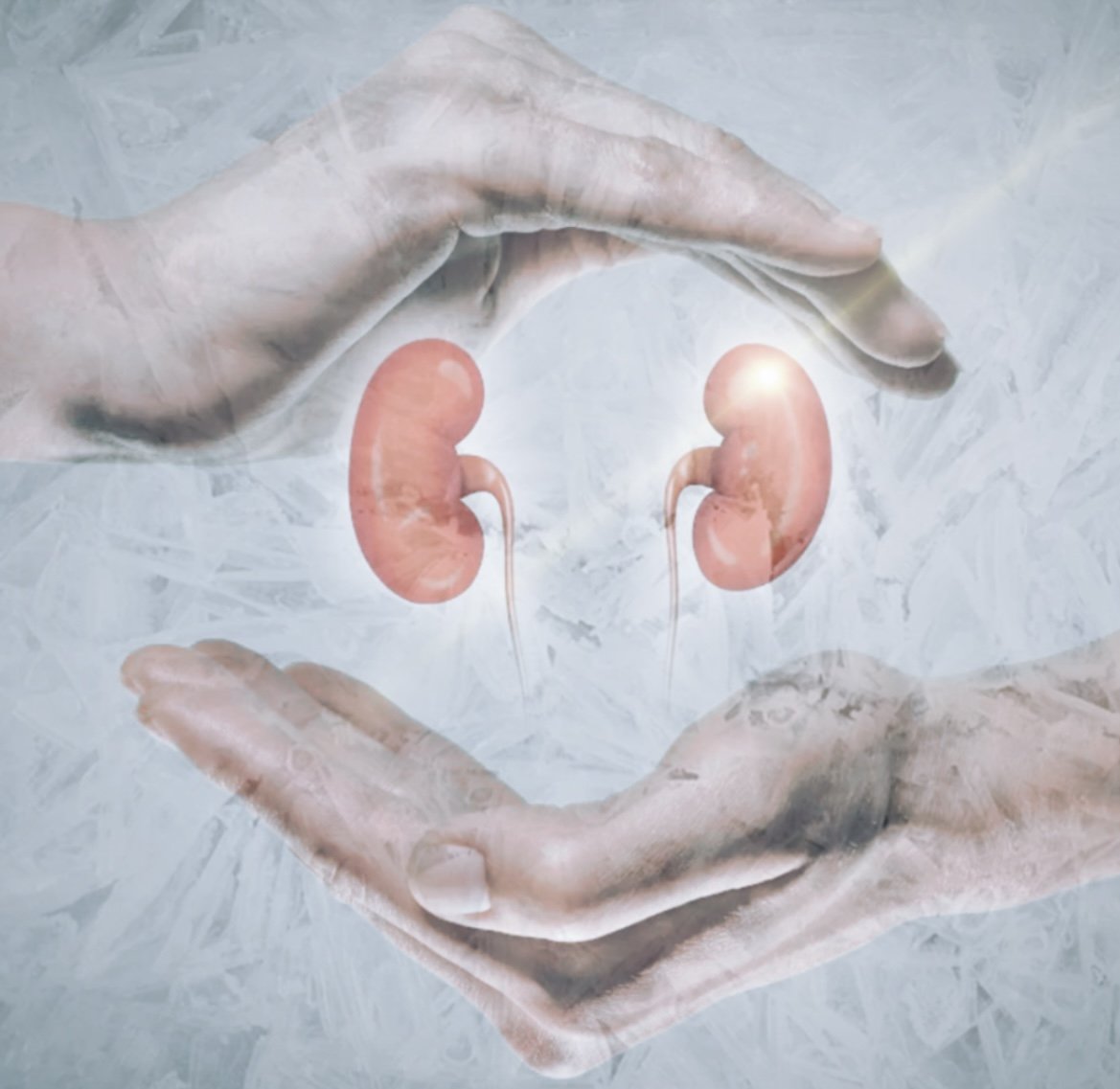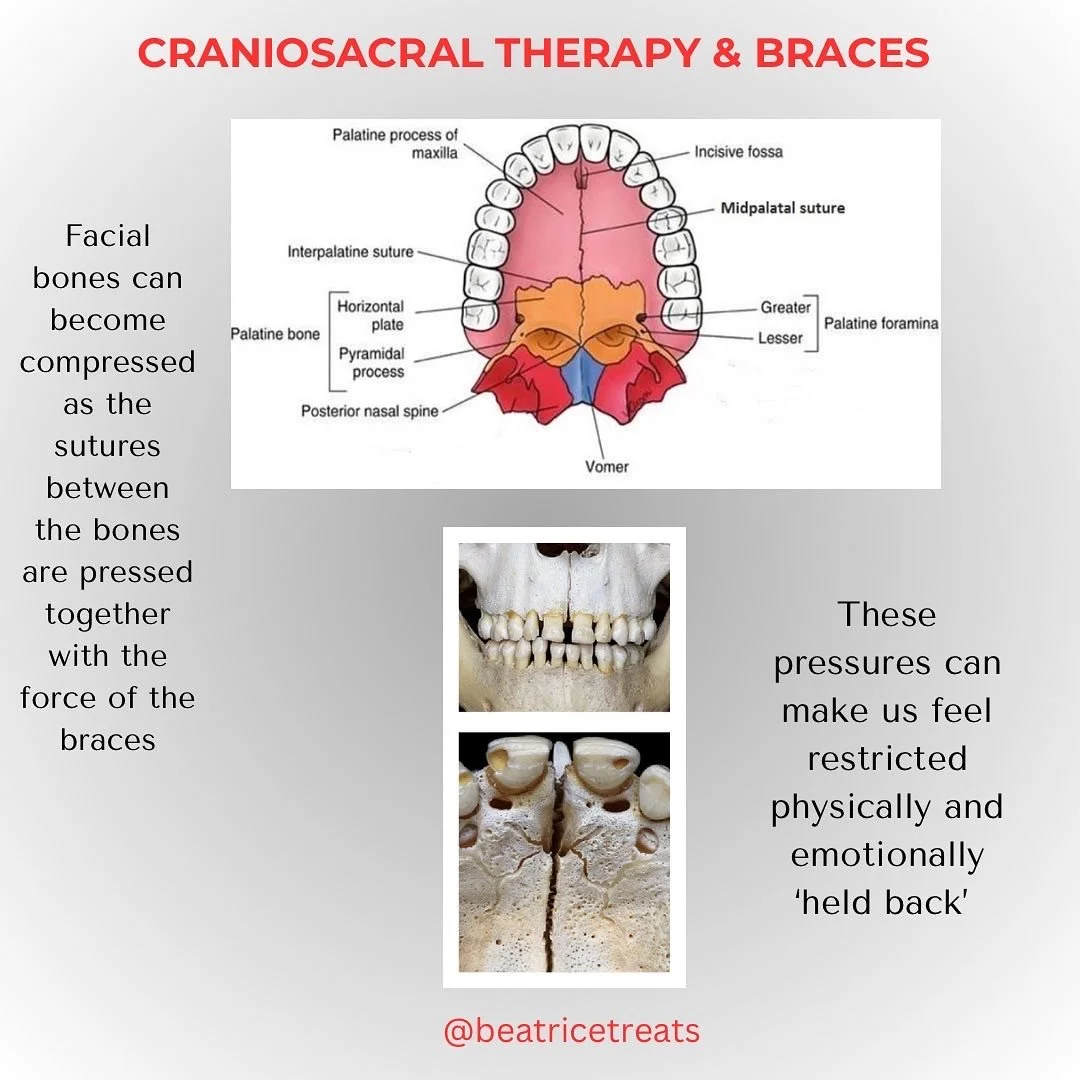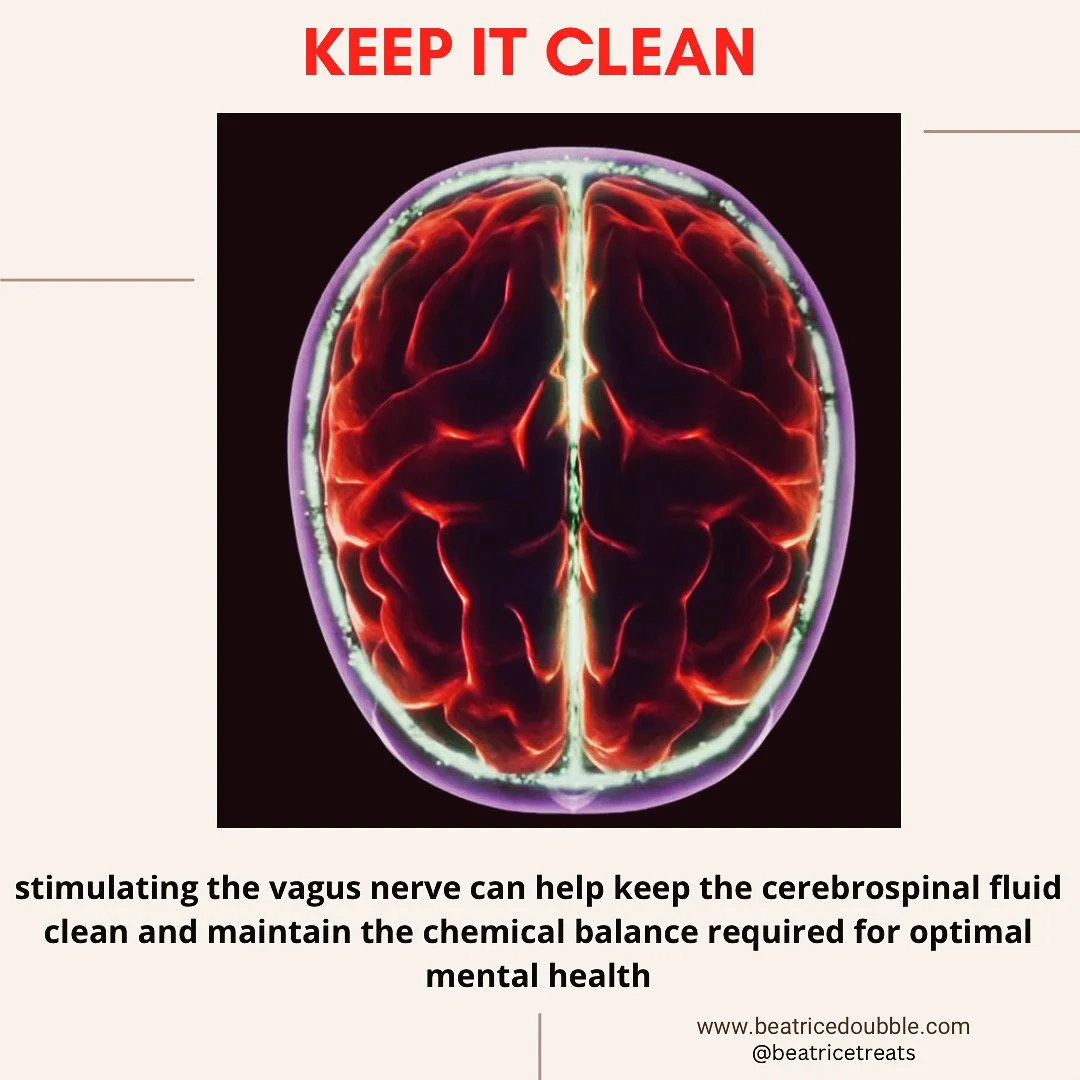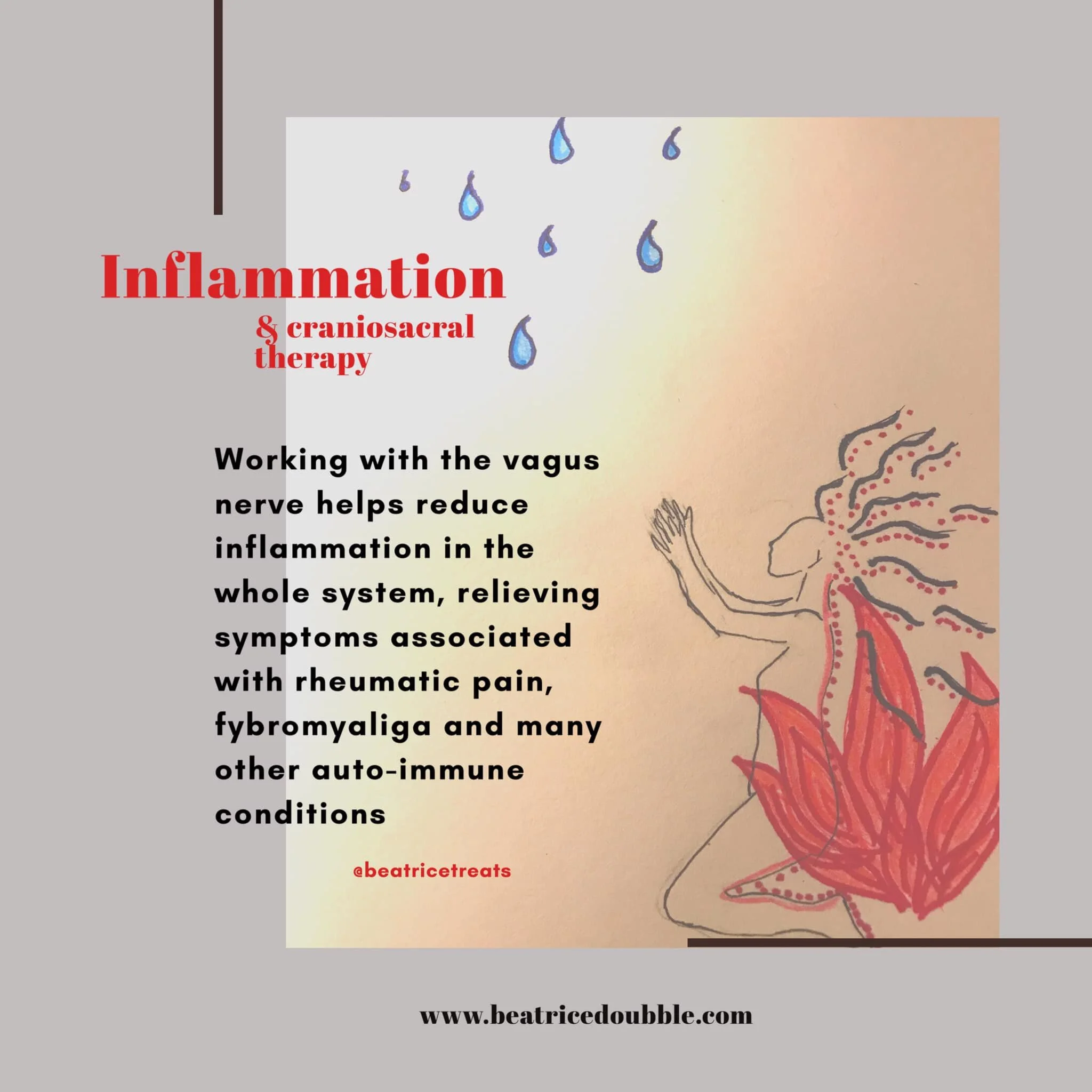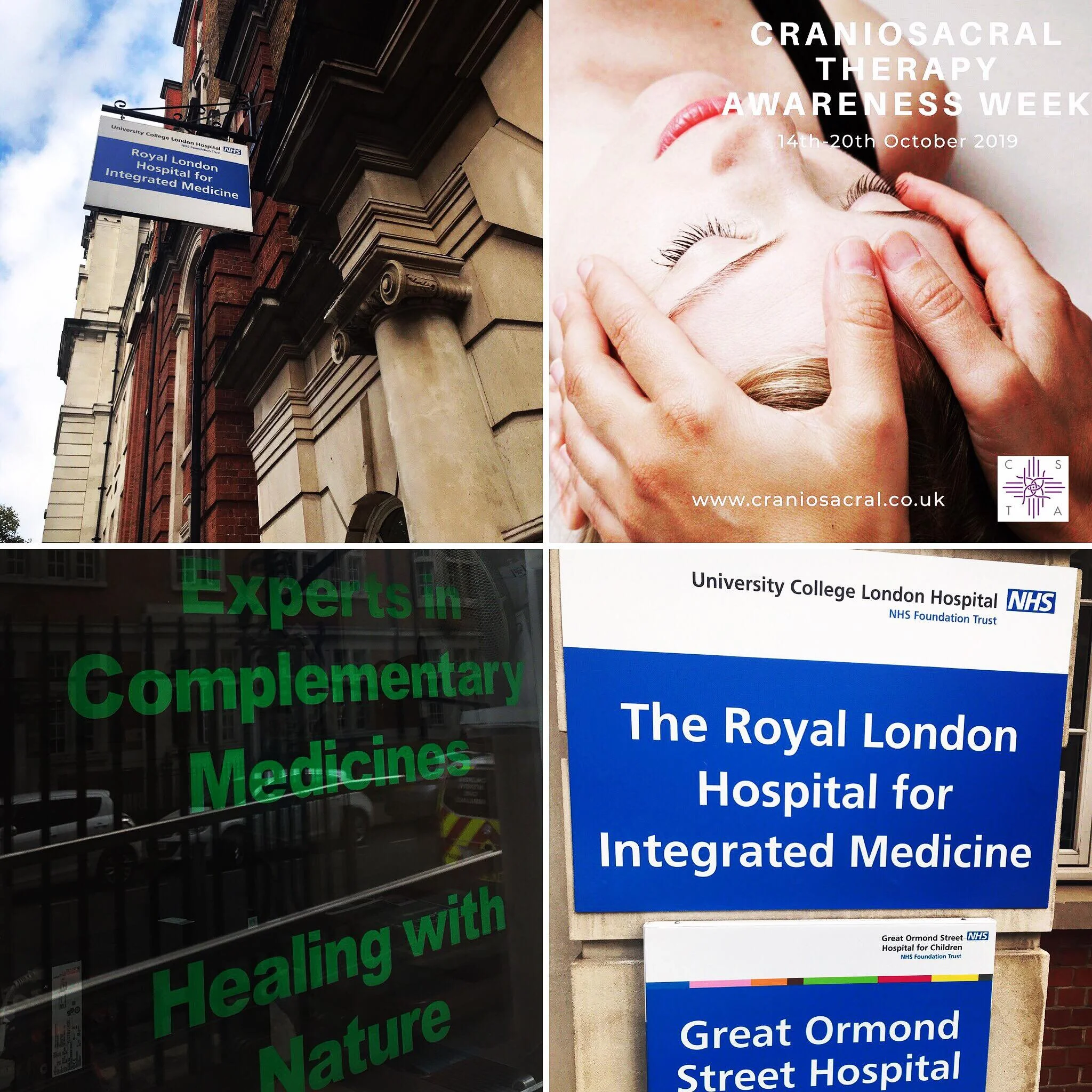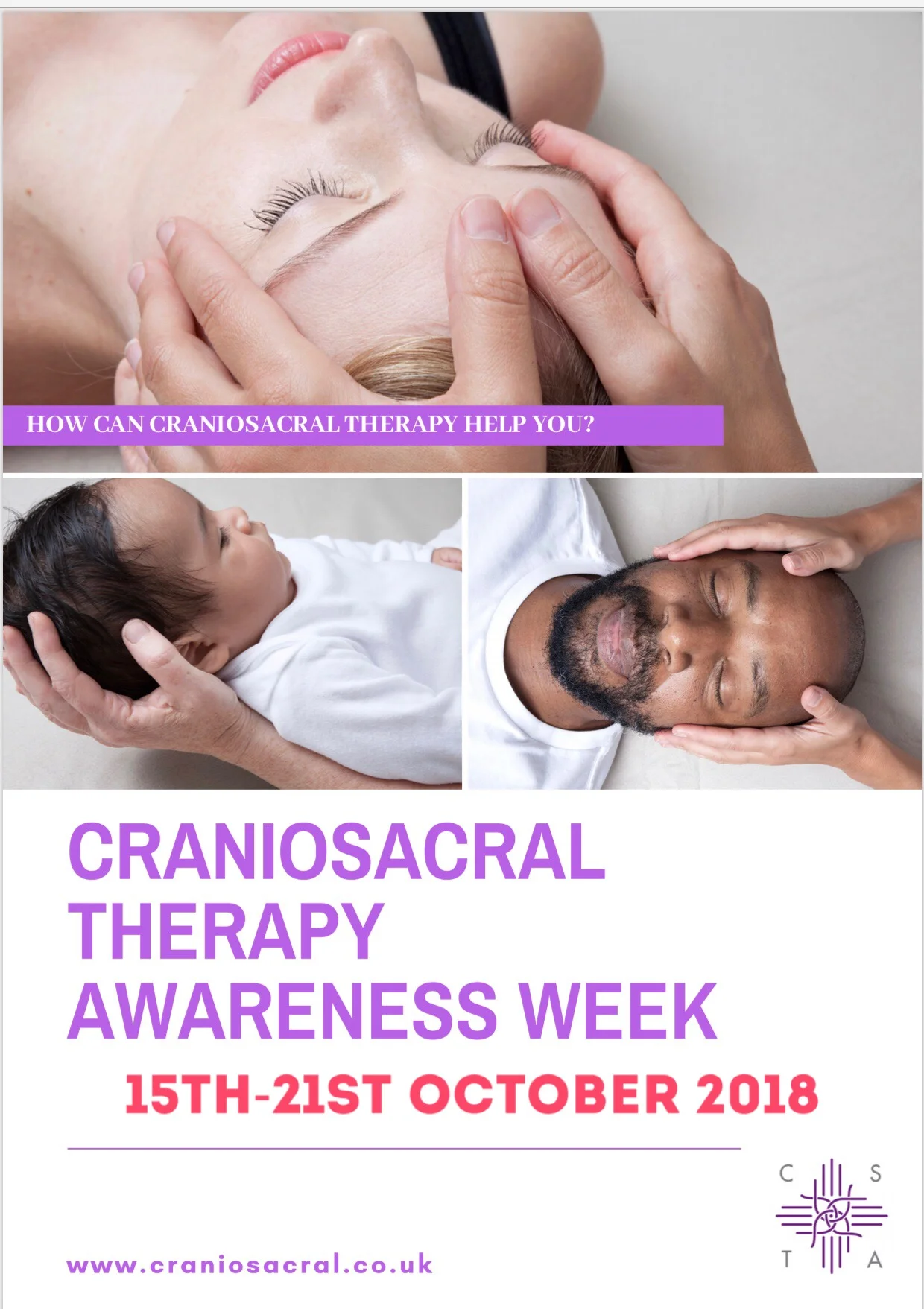I’ve often noticed that during Craniosacral treatments children and adults will move into certain positions, re-enacting where the body was once traumatised, where it became stuck, or where some form of movement is needed to prompt the nervous system into functioning optimally. The latter is often a sign of the ‘primitive reflexes’ attempting to integrate.
The primitive reflexes are survival mechanisms which are present at birth and originate in the brainstem as involuntary motor responses. When they don’t fully integrate, there can be emotional and physical consequences such as anxiety, low self-esteem, insecurity, shyness, angry outbursts, plus over sensitivity to sound, light, taste, touch and smell. ADHD, autism, low immunity and emotional disregulation can all occur.
As the brain develops inside the womb and after birth, these reflexes are gradually replaced by voluntary responses, but in many children and adults they can still be observed or may even return due to dysfunctions within the nervous system, trauma, illness or developmental delays.
During Craniosacral sessions, babies, children and even adults may move into and repeat these movements in a bid to integrate these survival reflexes that are still present. I’ve experienced an 8 year-old twin who would go into the ‘moro’ or startle reflex during sessions but would freeze halfway – the moro reflex is a protective response where the arms draw up to protect the baby from falling when being held, but it can cause an overload of stress hormones in the system if it stays present for too long. For this twin it became apparent that she didn’t have enough room in the womb to make the movements necessary to work through some of these fight or flight reflexes and had been left with anxiety and a poor immune system as a result.
Children who are born prematurely may also struggle to attain fully integrated reflexes – in sessions the body may often move into the fencer or ‘ATNR’ position with arm and leg flexed on one side but extended on the other. This reflex develops at around 18 weeks in utero and assists with kicks and moving through the birth canal.
Likewise with the ‘Spinal Galant’ reflex which stimulates the spine and hips to arch and move to help with passage through the birth canal. This can be retained if the baby didn’t have the opportunity to enact this movement fully (eg with C-sections, inductions, or other assisted birth methods or if there was not enough space, breech or back to back).
IVF babies may also experience delays in the integration of these reflexes due to the stress of the interventions during the IVF process and the impact of extra hormones and medications on the nervous system. I’ve even experienced a young adult client with a retained sucking reflex that had returned after the nerves along the mouth had been damaged in an accident.
Craniosacral Therapy sessions work well to move through the disruptions of any birth trauma experienced and re-train the nervous system, and specialist primitive reflex practitioners may prescribe a series of exercises that can be done daily at home. Specific yoga postures can also be similar to these exercises and work to balance both sides of the brain and central nervous system by crossing the midline eg spinal twists (ATNR reflex), cat-cow (STNR reflex) and superman pose (TLR reflex). But the adventure doesn’t stop there- these reflexes can also reappear in the elderly if illness begins to affect the central nervous system and as our faculties begin to decline with old-age.





